Discover 11 hidden attractions, cool sights, and unusual things to do in Mahón (Spain). Don't miss out on these must-see attractions: Museu de Menorca, Far de Favàritx, and Sa Cudia Cremada. Also, be sure to include Eastern Biniac naveta in your itinerary.
Below, you can find the list of the most amazing places you should visit in Mahón (Balearic Islands).
Table of Contents
Museu de Menorca
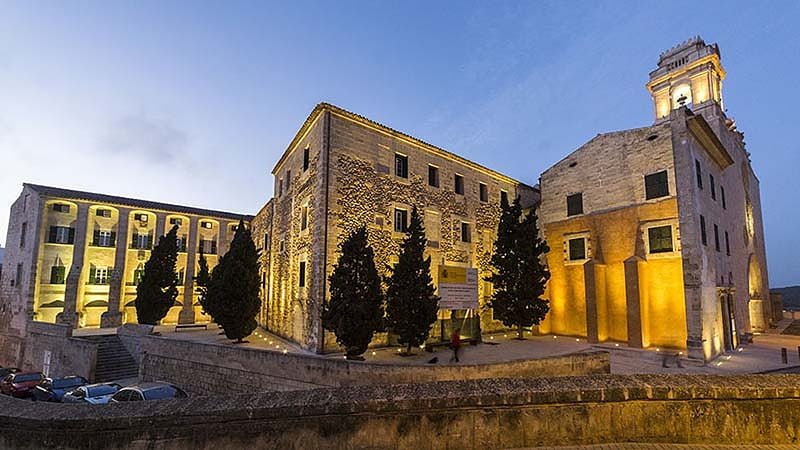
Museu de Menorca is a public institution located in the city of Mahón, Balearic Islands, Spain, which is devoted to the research and diffusion of the prehistory and history of Menorca.[1]
Address: Pla des Monestir, 07701 Maó
Far de Favàritx
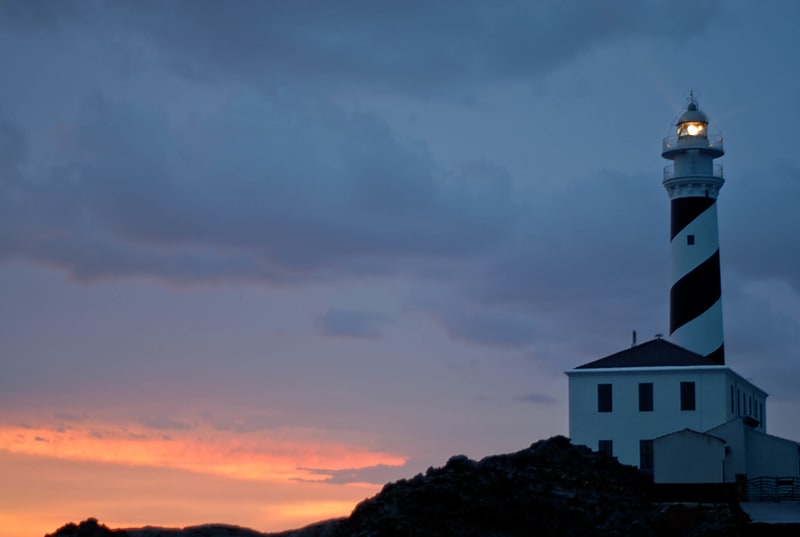
Also known as: Faro de Favàritx
Lighthouse in Spain. The Favàritx Lighthouse is an active lighthouse on the Spanish island of Menorca.[2]
Address: Cabo de Favàritx, Mahón
Sa Cudia Cremada
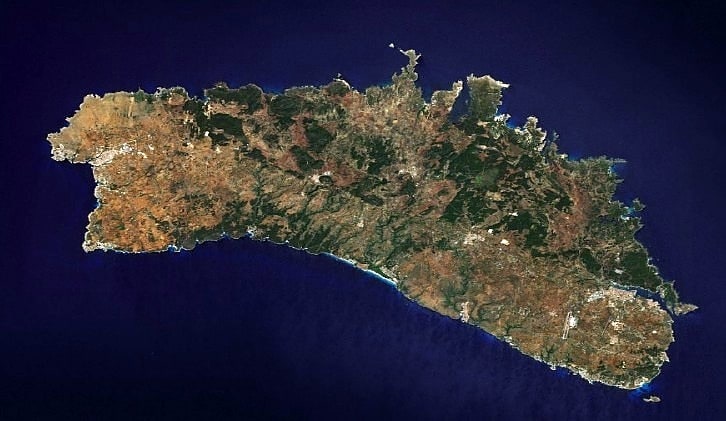
Hotel in Spain. Sa Cudia Cremada is the name of an archaeological site located in a land property called in the same way, in the outskirts of the city of Mahón, the capital of Menorca.
The remains which form part of the site belonged to the Talaiotic culture from the Bronze and Iron Ages, although the site continued being occupied during the first centuries of the Roman conquest of the island, since Roman materials can be found on the surface that date back to the first phase of the Roman occupation of Menorca (end of the 2nd and 1st centuries BC). The site could have been reoccupied during the Middle Ages, as is suggested by the location of numerous fragments of Muslim pottery which are scattered around the surface too.
The site presents a great state of preservation as several of its structures show. The most significant ones are three talayots or truncated-shape towers built with the cyclopean construction technique, the sanctuary, several hypogea, a large pit possibly for the storage of goods, and other remains, such as a stretch of a wall, among others.
The easternmost talayot has an oval layout and its base is 19 meters in diameter. Its façade is somewhat concave and is oriented to the South. This façade still preserves an access that leads to an inner chamber whose roof, which consists of large stone blocks that taper toward the top part, is partially preserved. Approximately 200 meters away from this structure the rest of the remains which form part of the settlement are located. In that zone there is a large oval-shape solid talayot which has a maximum width of 20 meters and a maximum height of 5 meters. Its southern side could have presented a set of steps, something that has been already attested in other talayots from other settlements, such as the one in Cornia Nou. This talayot is abutted by a wide wall with a preserved height of 1'5 meters.
There is also a third talayot of smaller dimensions and a circular layout. Its northern side has an access to an inner chamber, which is nowadays filled up by rubble from the upper part of the structure. Moreover, this northern side is abutted by a rectangular building whose function has not been determined yet.
However, the most important building from Sa Cudia Cremada lies very close to the two talayots that have been just described. it is the settlements sanctuary or Taula enclosure, which present an apse-shaped layout oriented to the South and also built in the cyclopean technique. Its façade is slightly concave and its entrance seems to be blocked off. Since archaeological excavations haven’t been carried out yet in this building, the internal structure is still unknown. However, it is supposed to have the T-shape monolithic monument called Taula, which is always present in this type of religious buildings.
Also there are more structures in the area, such as a large stretch of a cyclopean wall that follows an EW orientation, a large pit covered by a stone slab, a large standing stone, which possibly belongs to a building that is still uncovered by the sediment, and several hypogea or artificial caves. The latter ones were carved through the natural bedrock and used as collective burial sites.
Sa Cudia Cremada is one of the 32 talayotic sites that represent the Spanish candidature of Menorca Talayótica in order to become a UNESCO World Heritage Site.[3]
Eastern Biniac naveta
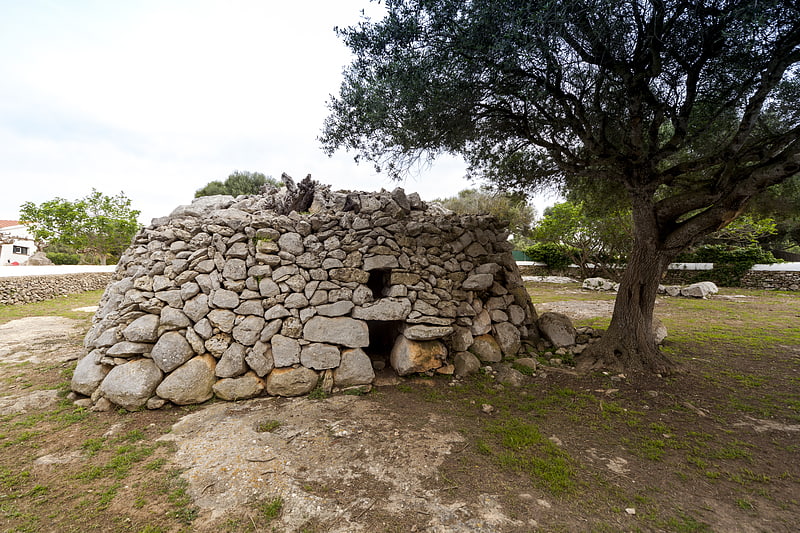
Archaeological museum in Spain. Eastern Biniac is a funerary naveta on the island of Menorca, where collective inhumations were made during the Bronze Age. Access to the site is possible from the Mahón–Ciudadela main road, at kilometer 8.1, where there is a detour to the left which leads to the area called "Argentina". The Eastern Biniac naveta is located right at the entrance of the property that belongs to "Lloc de Menorca".[4]
Illa del Rei

Island in Spain. L'Illa del Rei, also called Hospital Island in English, is a small island in the middle of the main navigable entry channel to Mahon on the northeastern side of Menorca in the Mediterranean Sea.[5]
Teatre Principal de Maó

Also known as: Teatro Principal de Mahón
Opera house in Mahón, Spain. Teatre Principal de Maó or Teatro Principal de Mahón is an opera house located in the Spanish city of Mahón, the capital of the island of Menorca.
The Principal, as is known colloquially, is one of the oldest opera houses in Spain. It was built in 1829, to a design by Giovanni Palagi, according to the Italian standards of 18th century opera, and opened on 15 December 1829. Every year, The Principal hosts Opera Week, an event where important opera figures who sing the bel canto repertoire perform. The theatre is also an important focus of Menorcan culture.[6]
Address: Carrer Costa d'en Deia, 40, 07702 Maó
Parc Natural de s'Albufera des Grau
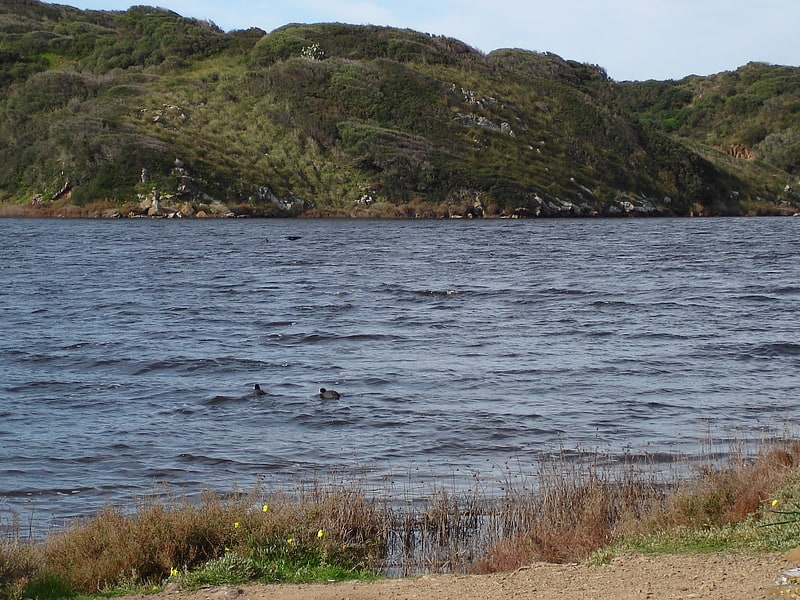
The Albufera del Grao Natural Park is a Spanish protected natural area located in the northeast of Menorca, autonomous community of the Balearic Islands, about two kilometres from the city of Mahón, which was declared a natural park in 1995. It includes the Albufera del Grao itself, the island of Colom and Cape Favarich.
On May 16, 2003, it was extended to occupy the current area of 5067 hectares.
It is the core of the Biosphere Reserve that encompasses the whole island, declared of international interest in 1993.
Three areas can be distinguished: the island of Colom, the area of the Favarich lighthouse-Morella meadow and the lagoon and meadow of the Albufera. Each area includes a wide variety of ecosystems: wetlands, farmland and pasture, wooded hills, coastal communities, cliffs, dunes and numerous beaches: L'Escala, Cala Presili, Arenal de Morella, Cala Tortuga, Cala en Caballero, Cala de la Torreta, Tamarells del Norte, Tamarells del Sur, Arenal d'en Mor, (Colom Island), los Tamarells (Colom Island) and Grao beach.
Its natural and scenic values have made the area worthy of the declaration of natural park.
Port of Maó-Mahón
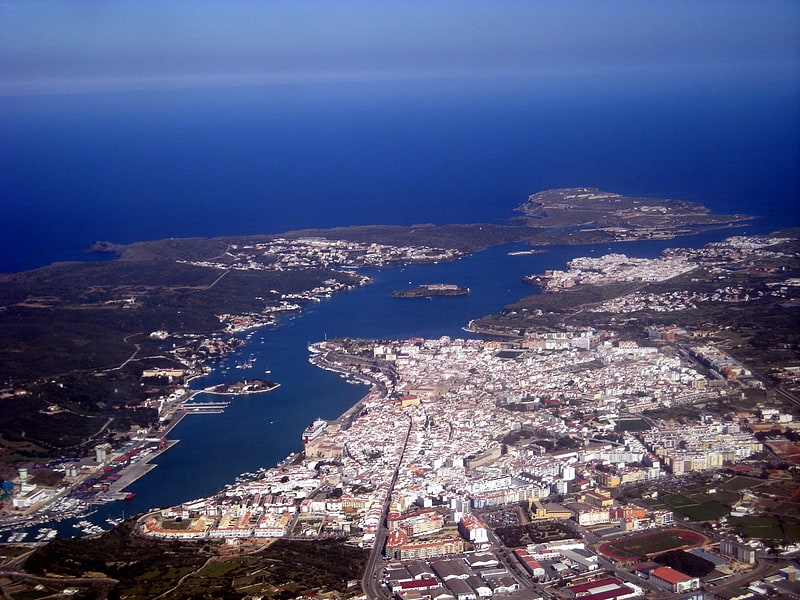
The port of Mahon, located on the east coast of the island of Menorca, is one of the largest natural harbors in the Mediterranean, with more than six kilometers long. Strategically located in the center of the western Mediterranean, over the centuries it has been the reason for conquests and reconquests of the island by the main European nations. Today, it combines a tourist function, with the arrival of numerous cruise ships throughout the year, and an industrial function, housing an area for unloading various materials that supply the island's inhabitants. On the southern shore of the port are the city of Mahón and the village of Villacarlos. Both towns have their own promenades, where you can find restaurants, bars and stores, as well as a gambling casino. On the northern shore of the port there is an industrial zone for unloading ships, a power station and a military zone, as well as numerous summer houses for the inhabitants of the island and the residence of celebrities from all over the world. These summer houses are spread over the numerous coves found on the north coast of the port: Cala Rata, Cala Deslinde, Sano Balsa, Cala Larga among others.
Continuing along the northern shore of the port is located the Fortress of La Mola, a military fortress built under the reign of Isabel II that today can be visited as a tourist attraction. Within the same port there are four islets, the largest in extension is the Lazareto de Mahón, former peninsula of San Felipe that during the nineteenth century became an islet to be used as a lazaretto. Today it is still owned by the Ministry of Health and Consumption, it is used as a summer residence for ministry officials and scientific symposiums and congresses are held there. The second islet is the King's Island in honor of King Alfonso III, conqueror of Menorca in 1287. Currently this islet is being recovered as well as its buildings through the Friends of the King's Island Society. In third place is Pinto Island, a military islet currently in disuse. And the fourth and smallest of the islets is the island of Cuarentena, former lazaretto of the port and that later passed to have military functions (currently also in disuse).
Fortalesa de la Mola
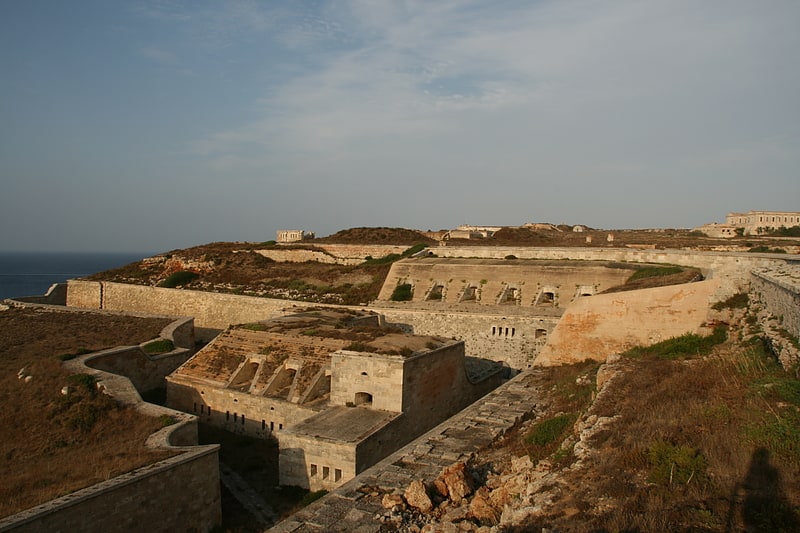
Forts and castles, Historical place, Museum
Address: Carretera Mola, 07700 Mahón
Santa Maria Church

The Church of Santa Maria is a Catholic church in the Spanish city of Mahón, in the Balearic Islands dedicated to Saint Mary. It was built between 1748 and 1771 on top of another 14th-century Gothic church.
The interior is neo-Gothic, with a nave with a ribbed vault; on the sides there are several chapels dedicated to various saints. On the outside there is a very simple decoration, with a bell tower, and a main door in Gothic style leading to a small enclosed square.
It has a monumental organ from 1809, inaugurated in 1810, made by the Swiss master Juan Kiburz, resident in Barcelona. It is 15 metres high and 9 metres wide, has four keyboards and 3006 sound pipes, of which 197 are made of wood and the rest of metal. The organ was damaged in 1936 during the Spanish Civil War, and was restored by Salvador Aragonès, at a cost of 200,000 pesetas, which was assumed by Fernando Rubió Tudurí.
Address: Plaça Constitució 3, Mahón
Plaça del Príncep
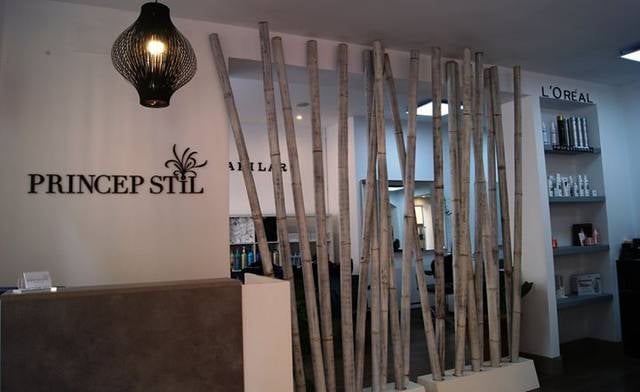
Square
Address: Calle Deyá, 8, Mahón